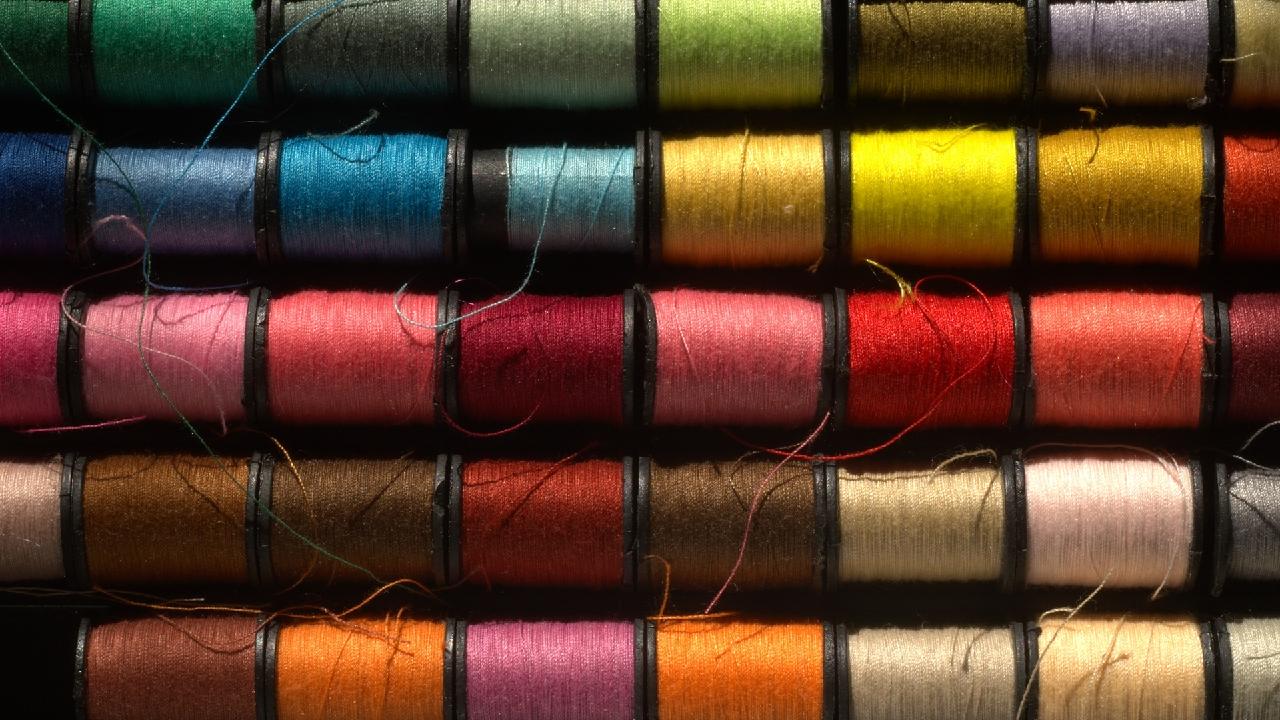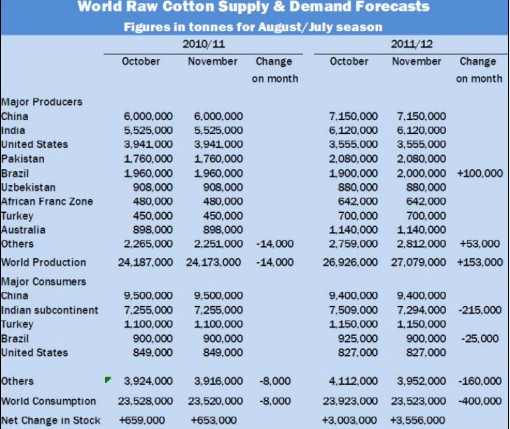|
China's textile imports and exports hit a record high in 2010, leading a recovery from the shadows of the financial crisis and a reeling global economy, according to the China Chamber of Commerce for Import and Export of Textiles. Both imports and exports saw a yearly growth above 20 percent in 2010. Even compared to the pre-crisis year of 2008, they swelled by 11.5 percent and 9.1 percent respectively, signaling the textiles industry's move into a substantive growth from an uncertain rally. -- Real growth of imports back on track The trade volume of textile products and garments increased by 23.3 percent year on year to 226.77 billion US dollars in 2010, accounting for 7.6 percent of China's total trade volume, according to the General Administration of Customs. Imports of textiles and garments continued to increase in 2010. In the first quarter of the year, the volume increased 15 percent year on year, or 4.3 percent compared to the same period of 2008, extending the rally momentum that began in December 2009. The rate of growth of imports began to pick up in the following quarters, hitting fresh highs month by month. Year-on-year growth rate increases exceeded 20 percent in both the second and third quarters, and growth was up by over 10 percent compared to the same period of 2008. By the end of October 2010, the aggregate amount of imported textiles was more than for the whole of 2009. As one of the biggest textiles and clothing producers, China's exports growth has always outrun that of imports in the past decade (except for 2009 when the crisis struck). However, the picture changed in 2010 when imports growth began to pick up speed. Imports surpassed exports in January, March, April and May. It was the first time that the imports growth rate topped 20 percent since 1996. -- Exports saw modest growth as major buyers recovered Textiles and garments sales abroad improved at a moderate pace, as two of the biggest buyers, the U.S. and the European Union (EU), gradually recovered from the recession. As the biggest buyer of textile and clothing products in 2010, EU purchased 22 percent of the China's exported textile products. The amount sold to EU saw a rise of 24 percent year on year, or up by 14.9 percent as compared to that of 2008. Due to an improved external environment, the EU was expected to achieve 1 percent economic growth in 2010, outperforming the previous forecast of 0.7 percent, according to a report released by the European Commission at the beginning of 2011. Exports to the U.S. ballooned by 27.7 percent year on year to 33.73 billion dollars in 2010, or up by 33 percent compared to 2008, accounting for 16 percent of China's total exports. Under the Multi-Fiber Agreement (MFA), the US bought textile products from China to the value of 35.7 billion dollars, accounting for 41.4 percent of its total imports of textiles and garments. This volume was up by 12 percent compared to 2006. Consumption in the U.S. grew fastest of all the buyers. The country's GDP growth hit five-year high of 2.9 percent, as its government's proactive fiscal policies and quantitative easing monetary policies took effect. Consumption once again became a key driver of economic growth in the U.S. By contrast, textiles exports to Japan saw the slowest yearly growth of 5.2 percent, or 5.3 percent compared to 2008. Japan's economic growth has almost stagnated in recent years as it failed to find a new motor for its economy. In terms of GDP, China overtook Japan to become the second biggest economy in 2010. Though rivals from Southeast Asia and Central and South America emerged and expanded, textile products made in China gained increasing market share year by year, and maintained their dominant position in Japan, the US, and the European Union. -- Exports to emerging market rebounded Textiles export to emerging markets saw rapid growth in 2010. Of these markets, ASEAN, Russia, and Latin America became the three brightest spots. Products sold in these three markets climbed by 35.7 percent, 56 percent, and 61.6 percent respectively year on year. Textiles trade volume between China and ASEAN increased by 37 percent year on year to 16.39 billion dollars, accounting for 7.2 percent of the total, as the establishment of China-ASEAN Free Trade Area on January 1, 2010 greatly facilitated bilateral trade. By contrast, exports to the so-called "four traditional markets", including the European Union, the U.S., Japan, and Hong Kong, fell back by 2.5 percent, for consumer demand for low- and mid-end products was less in a reviving economy. These four markets once played a vital role in propping up China's exports by purchasing a large amount of mid- and low-end products in a sluggish economy. Last year, exports to these four markets totaled 115.78 billion dollars, accounting for 56 percent of total textiles exports in 2010. Xinhua Agency |
|
Analysis: Chinas textiles exports growth regains momentum in 2010
Updated: 2011-3-9 Source: Xinhua Agency

Recommended News
Photo Gallery
Most Popular



